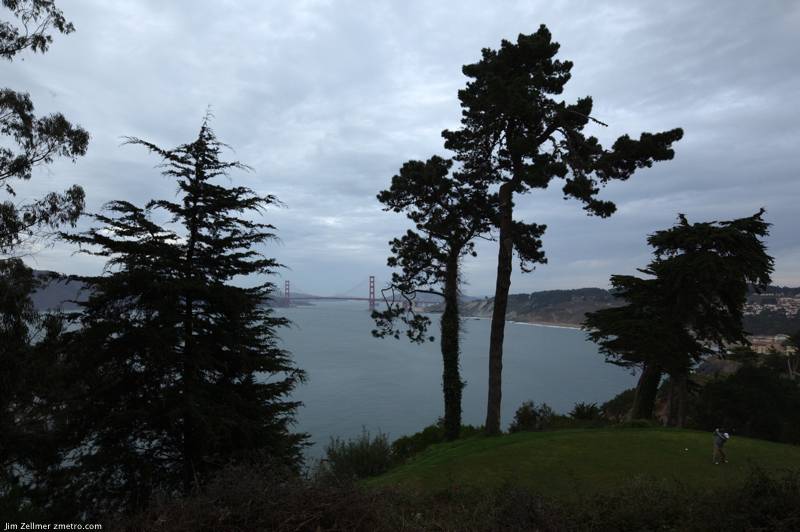In the cornucopia of kitschy roadside attractions, few rival the Corn Palace, a monument to maize that rises from this prairie town’s main drag like a Hollywood prop tossed off the back of a big rig barreling down the interstate.
Its green-and-yellow onion domes and spires tower over Main Street, an otherwise unremarkable avenue of low-rise buildings. Golden husks and hundreds of thousands of colorful cobs — held in place by more than a ton of nails, wires and staples — blanket the exterior. Inside, the enticing aromas of popped corn, candied corn and raw ears of corn float down hallways lined with old photographs of the World’s Only Corn Palace, as it is described in fliers and on billboards.
But times and tastes have changed since the Corn Palace gained fame in 1892, and there is concern about dwindling visits to the attraction, which is key to the economy in this southeastern South Dakota town of 14,500. In a September editorial, the local newspaper, the Daily Republic, called for a “new incarnation” of the venue, which was built as a means of encouraging farmers to put down roots in the region.
Southwest’s Great Culture


We are fortunate to have Southwest serving Milwaukee. Madison service would be that much better, of course.
Happy Thanksgiving!

Golf @ The Golden Gate
The ultimate carry trade
JUDGING by the callers on a late-night BBC radio programme, the British public is none too enthusiastic about the country’s participation in the Irish bailout. The standard reasoning was “Why are we giving money to Ireland when we haven’t got any ourselves?” Perhaps similar sentiments were being expressed on Radios Luxembourg, Belgium and Portugal.
But of course, the money isn’t being given to Ireland, it’s being lent. And even if the eventual rate is below the market level of 8%, the new debt may still carry a rate of 5% or so. Well, Britain is still paying 3.3% for 10-year money. So this is a profitable gig, borrowing at 3.3% to lend at 5%. Perhaps the government should sell the scheme to the public as the ultimate carry trade, turning Britain into a hedge fund like LTCM.
Rupert Murdoch Does Another Daily
Some of us count sheep, but Rupert Murdoch spends his sleepless nights dreaming up media properties.
It was late May, around 2 a.m., and Murdoch was in his New York penthouse on Fifth Avenue having a tough time falling asleep when a vision came to him: publishing a daily news report that would be exclusively made for the iPad and other tablet devices. There would be no print product.
Murdoch had done his homework, so he already knew that readers spend more time fully immersed with the iPad than they do with the Web. He believes that within a few years, tablet devices will be like cell phones or laptops — consumers will go into Wal-Mart and buy the things at reasonably cheap prices (far more diminished than the $499 for an iPad now). In his mind, in the not-too-distant future, every member of the family will have one.
Makes perfect sense. Horace Dediu has more.
Congressional Members’ Personal Wealth Expands Despite Sour National Economy
Despite a stubbornly sour national economy congressional members’ personal wealth collectively increased by more than 16 percent between 2008 and 2009, according to a new study by the Center for Responsive Politics of federal financial disclosures released earlier this year.
And while some members’ financial portfolios lost value, no need to bemoan most lawmakers’ financial lot: Nearly half of them — 261 — are millionaires, a slight increase from the previous year, the Center’s study finds. That compares to about 1 percent of Americans who lay claim to the same lofty fiscal status.
And of these congressional millionaires, 55 have an average calculated wealth in 2009 of $10 million or more, with eight in the $100 million-plus range.
Disney Animation is closing the book on fairy tales
Dawn C. Chmielewski and Claudia Eller,
Once upon a time, there was a studio in Burbank that spun classic fairy tales into silver-screen gold.
But now the curtain is falling on “princess movies,” which have been a part of Disney Animation’s heritage since the 1937 debut of its first feature film, “Snow White.” The studio’s Wednesday release of “Tangled,” a contemporary retelling of the Rapunzel story, will be the last fairy tale produced by Disney’s animation group for the foreseeable future.
“Films and genres do run a course,” said Pixar Animation Studios chief Ed Catmull, who along with director John Lasseter oversees Disney Animation. “They may come back later because someone has a fresh take on it … but we don’t have any other musicals or fairy tales lined up.” Indeed, Catmull and Lasseter killed two other fairy tale movies that had been in development, “The Snow Queen” and “Jack and the Beanstalk.”
To appreciate what a sea change this is for the company, consider that a fairy tale castle is a landmark at Disney theme parks around the world and is embedded in the Walt Disney Pictures logo. Fairy tale characters from Disney’s movies populate the parks, drive sales of merchandise and serve as the inspiration for Broadway musicals.
Alas, Snow White, Sleeping Beauty, Ariel, Jasmine and the other Disney royals were all born in the 20th century. Now, different kinds of Disney characters are elbowing their way into the megaplexes and toy aisles, including Pixar’s “Toy Story” buddies Buzz Lightyear and Woody, Capt. Jack Sparrow from “Pirates of the Caribbean” and a platoon of superheroes from the recent acquisition of Marvel Entertainment.
Stanley Kubrick Fotografo 1945-1950, Venice
When I was in Venice a couple of weeks ago I caught the Stanley Kubrick Fotografo 1945-1950 show at the Istituto Veneto di Science.
Kubrick started his career, not with moving images but with stills
He started shooting when he was just 17 years old for ‘Look’ magazine
It is an interesting exhibition for many reasons, with some very beautiful images
Even in his very early work you can see the visual language of his great movies
You get to see the very ‘seeds’ of his work, they are movies in still form
With a few notable exceptions, you don’t see photojournalism ‘per se’ at work.
What you do see is beautifully directed still images and in my opinion is all the more interesting for that.
Carl Bloch Paintings Panorama
The Brigham Young University’s Museum of Art in Utah US opens on November 12 an exhibition with paintings by the 19th century Danish painter Carl Heinrich Bloch. The exhibition will run until May 7
Carl Bloch became famous as religous painter after he was commisioned to paint 23 new paintings from the bible in the Kings Oratory (Kongens Bedekammer) at Frederiksborg Castle. The original paintings had been destroyed in the big fire in1859 which destroyed large areas of the castle.
I was commissioned by the Brigham Young museum to photograph panoramas from all the Danish and Swedish churches where Carl Bloch’s altar paintings are found.
Some of these original paintings have been lend to the exhibition in US.
However the most important panorama was the panorama from the Kings Oratory. These paintings are his main religous work which his church altar paintings are based on.

